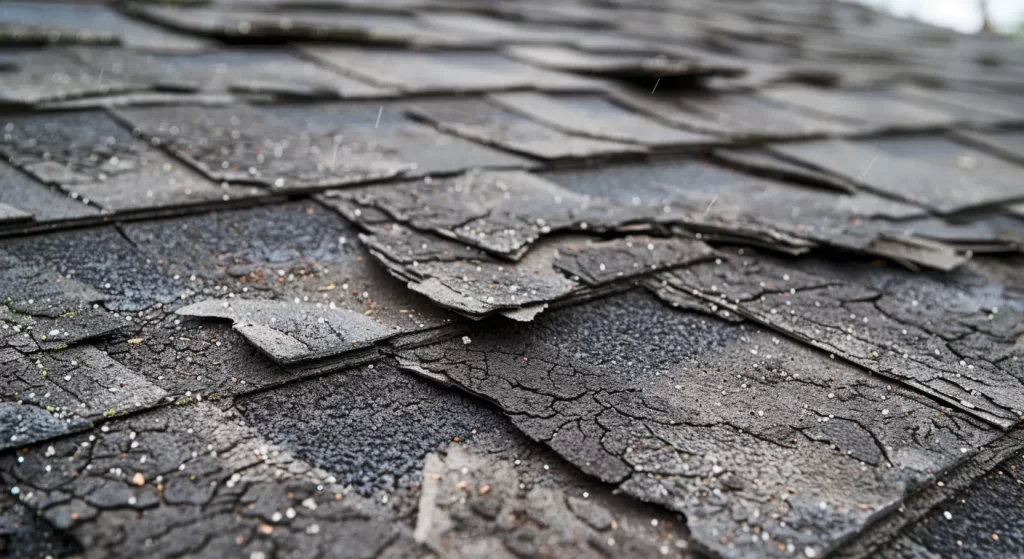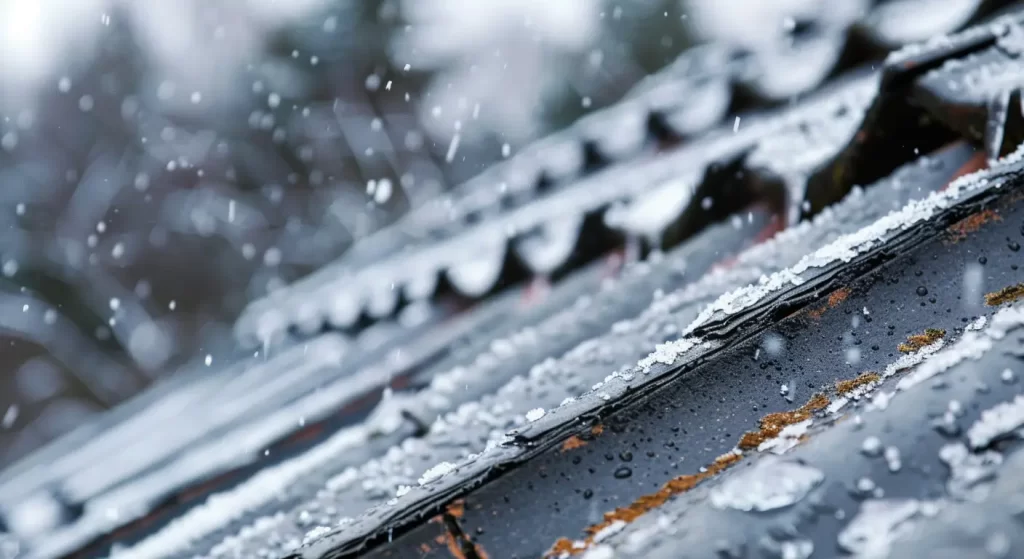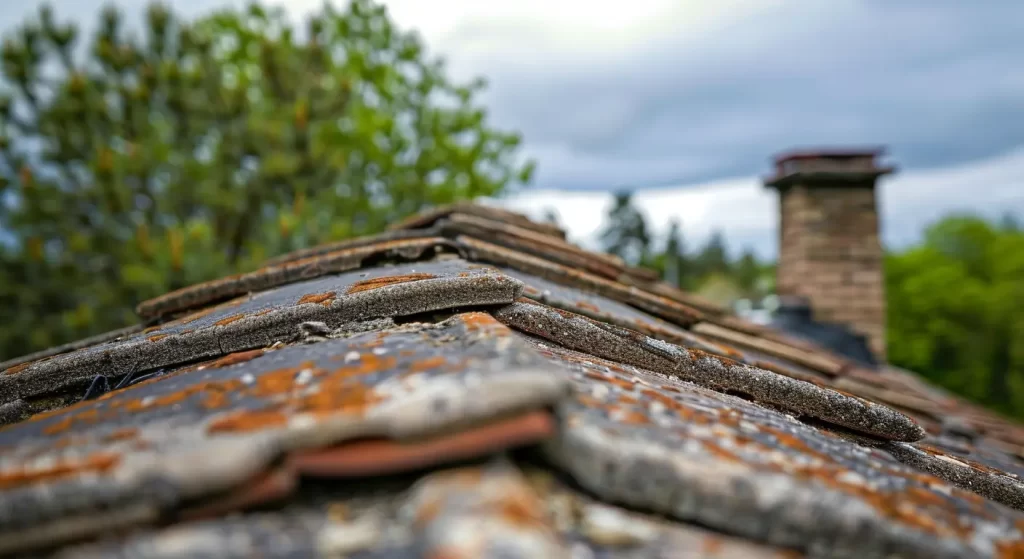Hailstorms are a formidable threat to roofing systems, capable of causing serious roof damage that compromises the protection of your home. For San Antonio, TX residents, understanding hail damage and its effects is essential, especially when dealing with unpredictable hailstorms. Conducting a detailed roof inspection can help determine the severity of hail impact and prepare you for insurance claims or repairs. At Shield Roofing, we specialise in ensuring your roof is in the best condition, backed by decades of expertise and trusted certifications.
Understanding Hail Damage and Its Impact on Roofs
Hail damage to roofs occurs when hailstones strike the roof surface, resulting in a wide range of different effects of the damage depending on the roofing material. While asphalt shingles may display granule loss or bruising, metal roofing often shows visible dents, and wood shingles may split.
This damage, if left unaddressed, can lead to water infiltration, decreased insulation, and overall roof wear. Regular inspections following hail storm impacts ensure any issues caused by hail impact are promptly identified and resolved, protecting your home against further problems.
Why Hail Damage Is a Big Concern
San Antonio homeowners know the destruction hailstorms can cause. These storms, often with strong winds, damage roofing through dents, missing shingles, and leaks.
Hail can also weaken structural components, leading to extensive long-term damage. Insurance companies require proof of such damage, making thorough roof inspections vital for successful claims. Even small hailstones can expose vulnerabilities.
Shield Roofing provides essential expertise in San Antonio’s unpredictable weather. Our professional contractors conduct detailed evaluations and repairs to maintain your roof’s integrity.
Common Materials Affected by Hail
Roofing materials vary in their resilience to hail damage. Asphalt shingles, a common choice, may lose granules and show impact signs during severe storms, leading to cosmetic or significant structural issues that may necessitate professional evaluation for possible roof replacement.
Metal roofs are more durable but can still dent, creating cosmetic damage and vulnerabilities over time. Tile roofs, while visually appealing, can crack under hail pressure, exposing weaknesses. Homeowners must understand these damages to properly assess their roofs after severe weather and ensure thorough inspections for insurance claims.

Signs of Hail Damage to Look For
Spotting hail damage on your roof involves looking for specific indicators of visible damage. Granule loss on the surface of the shingle, cracked wood shingles, or dents on metal roofing are among the types of damage caused by hail impact.
Other signs of hail damage include discolored areas, punctures, and weakened flashing near roof edges. If these damages aren’t addressed promptly, they can evolve into severe structural issues or water infiltration risks. Regular inspections are essential to keep your roof in top condition.
Identifying Damage
Different roofing types display unique signs of hail impact:
- Asphalt Shingles: Look for circular discoloration, granule loss, or small bruises impacting the surface. Granule deterioration compromises the shingle’s integrity.
- Metal Roofs: Check for dents, chipped paint, or distorted areas. These are clear signs of hail impact, especially on soft metal surfaces.
- Tile Roofs: Examine tiles for cracks or gouges, which expose underlying structures to weather damage.
Identifying these signs ensures timely repairs, maintaining your roof’s functionality and preventing further complications.
Spotting Damage on Roof Vents, Flashings, and Gutters
Hailstorms often cause damage to metal roof components and surrounding structures.
- Roof Vents: Inspect for dents or chipped surfaces caused by direct hail impact.
- Flashings: Look closely at flashings for scratches, dings, or deformation. Damaged flashings allow water leaks if not fixed.
- Gutters: Check gutters for dents and accumulated debris indicating granule loss from shingles.
These auxiliary elements of your roof are crucial for its stability, and damage to them should be addressed immediately.

Guide to Inspecting Your Roof After a Hailstorm
Inspection after a hailstorm requires a thorough and systematic approach. Begin with a ground-level evaluation using binoculars to spot visible storm impacts while remaining safe. Next, proceed with a detailed on-roof inspection of shingles, vents, and gutters to assess the extent of harm caused by hail impact.
A comprehensive inspection minimizes further structural issues and helps determine whether repairs or replacements are needed. Consulting a trained professional roofing contractor ensures every aspect of your roof is evaluated effectively, including offering a free roof inspection to assess any potential problems.
Essential Safety Tips Before Starting Your Inspection
Safety during inspection, especially after a hailstorm, is crucial. First, assess weather conditions and wait for storms to pass to avoid hazards like slippery surfaces or strong winds. Use a sturdy ladder on even ground and pay close attention to safety by considering enlisting a trained professional for added safety. Wear appropriate footwear to prevent slips.
Maintain a safe distance from damaged areas and be wary of nearby power lines. If working at heights, a safety harness is advisable. These precautions will enable a thorough inspection without risking your safety.
Tools Needed for an Effective Roof Inspection
A thorough inspection after a hailstorm relies on the right tools to assess issues accurately. A sturdy ladder allows safe access to various heights, while a high-quality flashlight illuminates dark areas to reveal impact signs or granule loss on asphalt shingles. Binoculars provide a close-up view from the ground, helping homeowners spot visible problems without climbing.
Additionally, a notepad or tablet helps document findings for a detailed assessment report during the claims process. For those hesitant to inspect themselves, hiring a professional roofing contractor ensures accurate evaluation and safety.

Properly Documenting Hail Damage for Insurance Claims
Accurate documentation is essential when filing an insurance claim for hail damage. Take photographs of visible damage across shingles, vents, gutters, and flashings. Make detailed notes about the extent of impact damage, possible structural issues, and cosmetic concerns.
This information helps present a clear picture to your insurance representative, ensuring fair settlement and claim approval. If uncertain, consulting a professional roofer can simplify the process and enhance your chances of success.
How to Photograph and Record Evidence of Hail Damage
Documenting hail impacts requires careful attention to detail to ensure a successful insurance claim. Start by capturing clear images of visible harm on various roofing materials, including asphalt shingles, metal roofs, and tile. Utilize natural light to highlight signs of impact, such as granule loss or dents, and take photographs from multiple angles for a comprehensive view of the extent of the issues.
In addition to photos, maintain a record of dates and conditions, creating a narrative of the event. Include images of vulnerable spots like roof vents and flashings, as well as broader pictures of the current state of your roof and your entire roofing system.
Connect With Us
In conclusion, documenting hail damage on your roof is crucial for safety and longevity. By identifying damage signs and using proper tools, you can effectively assess the situation. Good documentation supports insurance claims and ensures timely repairs. At Shield Roofing, we have over 25 years of experience and are proud to be an Owens Corning preferred contractor, GAF certified, and hold a BBB A+ rating. We collaborate with trusted brands like Owens Corning and GAF. If you suspect hail damage or need repairs, contact our certified team. Your roof deserves the best care—let us help protect it!
Read our blog: Green Roof Systems: Benefits & Installation Guide
Frequently Asked Questions
How to prove hail damage on roof?
To validate hail damage, observe visible signs like granule loss, dents, or cracks. Take clear photographs of problem areas. Collaborate with a roofing contractor to gather documentation for the next step in an effective insurance claim.
How to mark up a roof for hail damage?
Mark hail damage using chalk on impacted surfaces, such as shingles or metal roofs. Highlight different types of damage, ensuring precision. A roofing professional’s help provides additional accuracy during a roof inspection to assist with claims.
